
The U.S. Army recently unveiled its next generation infantry fighting vehicle, the Optionally Manned Fighting Vehicle (OMFV), which is based on the Bradley Fighting Vehicle design that was initially developed in the 1950s. While the Bradley has undergone various upgrades over the past decades, the core design remains the same. The new OMFV aims to overhaul the platform with the latest technologies while retaining some aspects of the original reliable Bradley design.
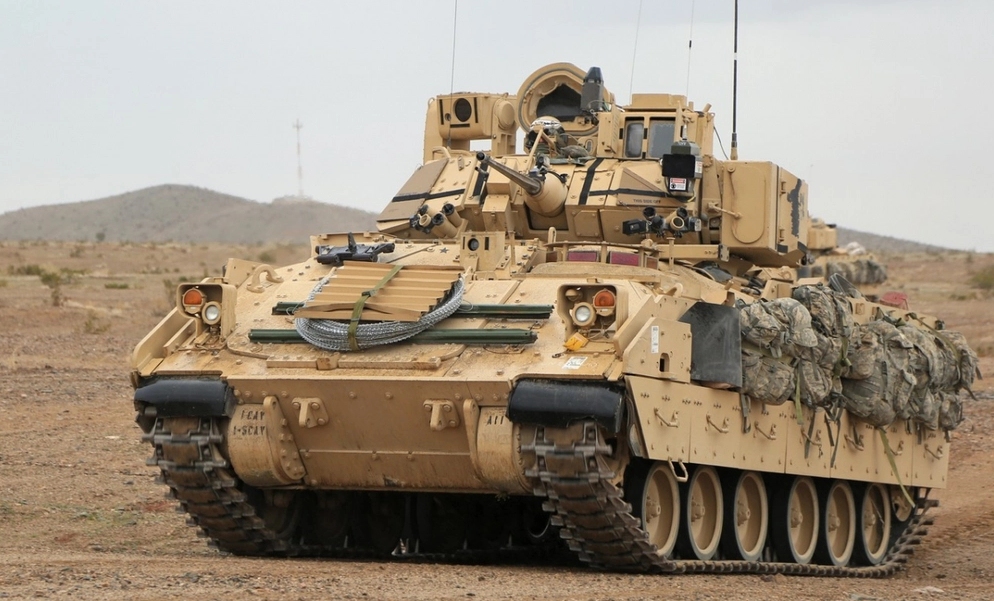
The Bradley Fighting Vehicle was first fielded by the U.S. Army in 1981 after initial development began in the 1950s. The infantry fighting vehicle was designed to transport infantry on the battlefield while providing firepower to support them. Over the decades, the Army has continuously upgraded the Bradley with improved fire control, navigation, communications, and armor technologies. However, the fundamental hull design and layout have remained unchanged.
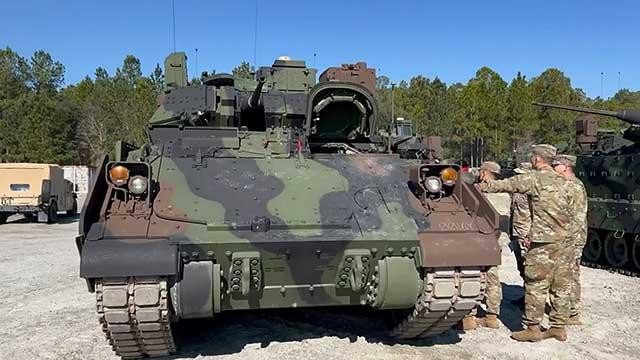
Now, the Army is ready to field an entirely new vehicle to replace the Bradley, the OMFV. Earlier this month, the first physical OMFV prototype was revealed by defense contractor American Rheinmetall Vehicles. While the vehicle features a new exterior design, the internal configuration is clearly inspired by the combat-proven Bradley.
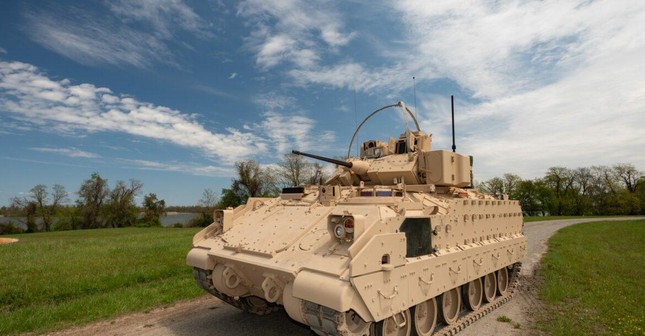
The OMFV has the same three crew layout as the Bradley, with the commander, gunner, and driver in specialized positions. The infantry compartment in the rear also retains a similar setup with space for troops to dismount. This demonstrates how the classic Bradley design continues to serve as the baseline for the Army’s infantry carrier needs after over 40 years of service.
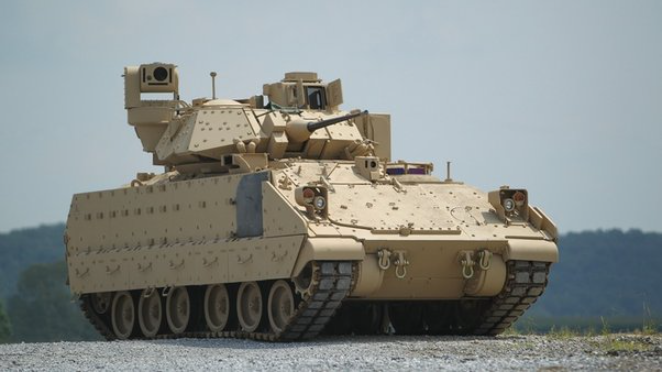
At the same time, the OMFV overhaul aims to meet the demands of modern warfare. The new vehicle will be larger but also lighter, increasing interior space while improving mobility. Advanced networked systems will allow for improved battlefield awareness and integration with other platforms. The OMFV can also optionally be operated remotely or autonomously when necessary.
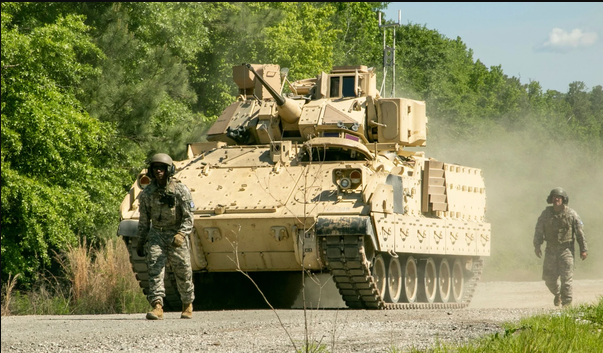
The most crucial new capability for the OMFV is survivability. The vehicle will utilize advanced active protection systems to defeat anti-tank missiles and other threats. Additional armor improvements will enhance protection while incorporating new materials to reduce weight. These survivability features are necessary as near-peer adversaries deploy more lethal anti-armor weapons.
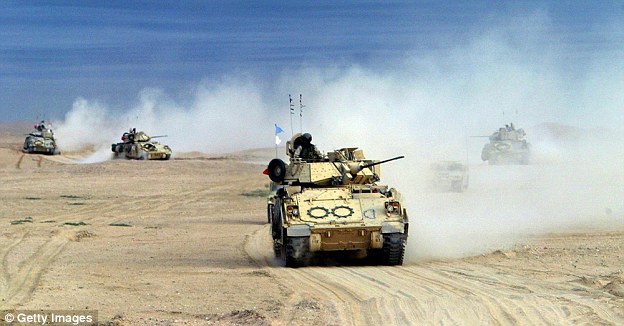
While the OMFV takes major steps forward, retaining aspects of the original Bradley design provides some key advantages. The familiar crew stations and layout allow for easier transition when training soldiers to operate the new vehicle. The tried-and-true Bradley design also continues to meet fundamental infantry needs on the battlefield that have changed little since the Cold War.
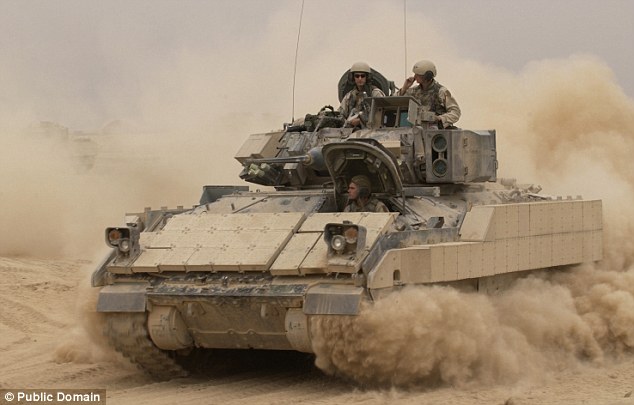
The Optionally Manned Fighting Vehicle sets a path for the gradual modernization of proven armored vehicle designs over revolutionary new starts. As battlefield technologies evolve, retaining and improving proven platforms can yield better results than starting over from scratch. The OMFV shows how the Army is keeping pace with 21st century warfare while recognizing the wisdom of the past.
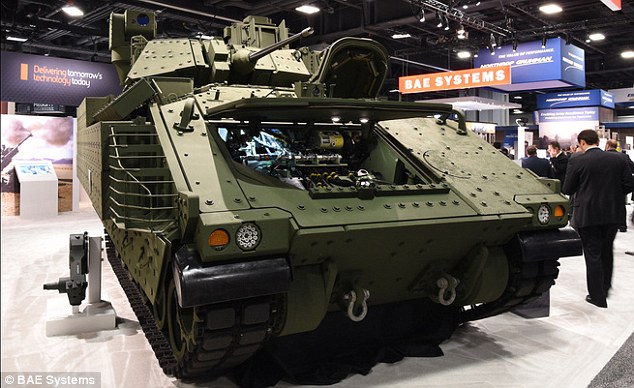
This incremental modernization approach has worked to sustain armored fleets as new technologies arise. The Abrams main battle tank continues to dominate after four decades thanks to countless upgrades. The Bradley itself has survived this long through continued enhancement rather than outright replacement.
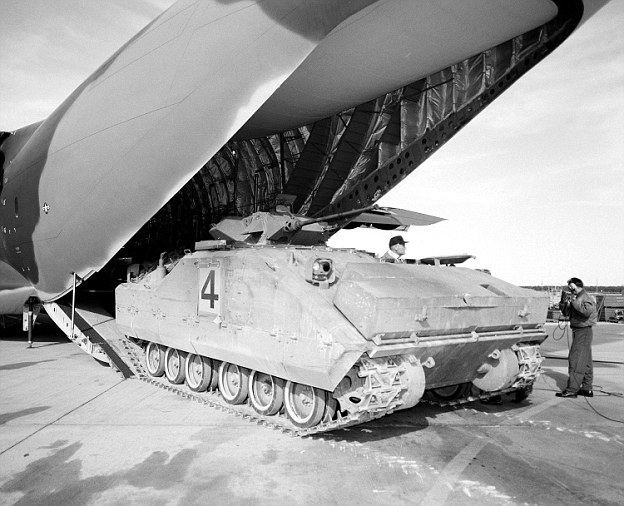
As the OMFV program moves forward, it faces the challenge of merging legacy designs with state-of-the-art technologies. The Army must determine which new systems can seamlessly integrate with old platforms and which require fresh-sheet efforts. There is also the difficulty of managing the unique attributes of optionally manned vehicles.
The OMFV promises to overhaul infantry armored transport for the information age while retaining tried-and-true features of the Bradley. This innovative blending of the old and new epitomizes how militaries must evolve to stay ahead. Although inspired by a 1950s-era design, the Optionally Manned Fighting Vehicle is the Army’s bet for dominating the battlefields of the 2030s and beyond.